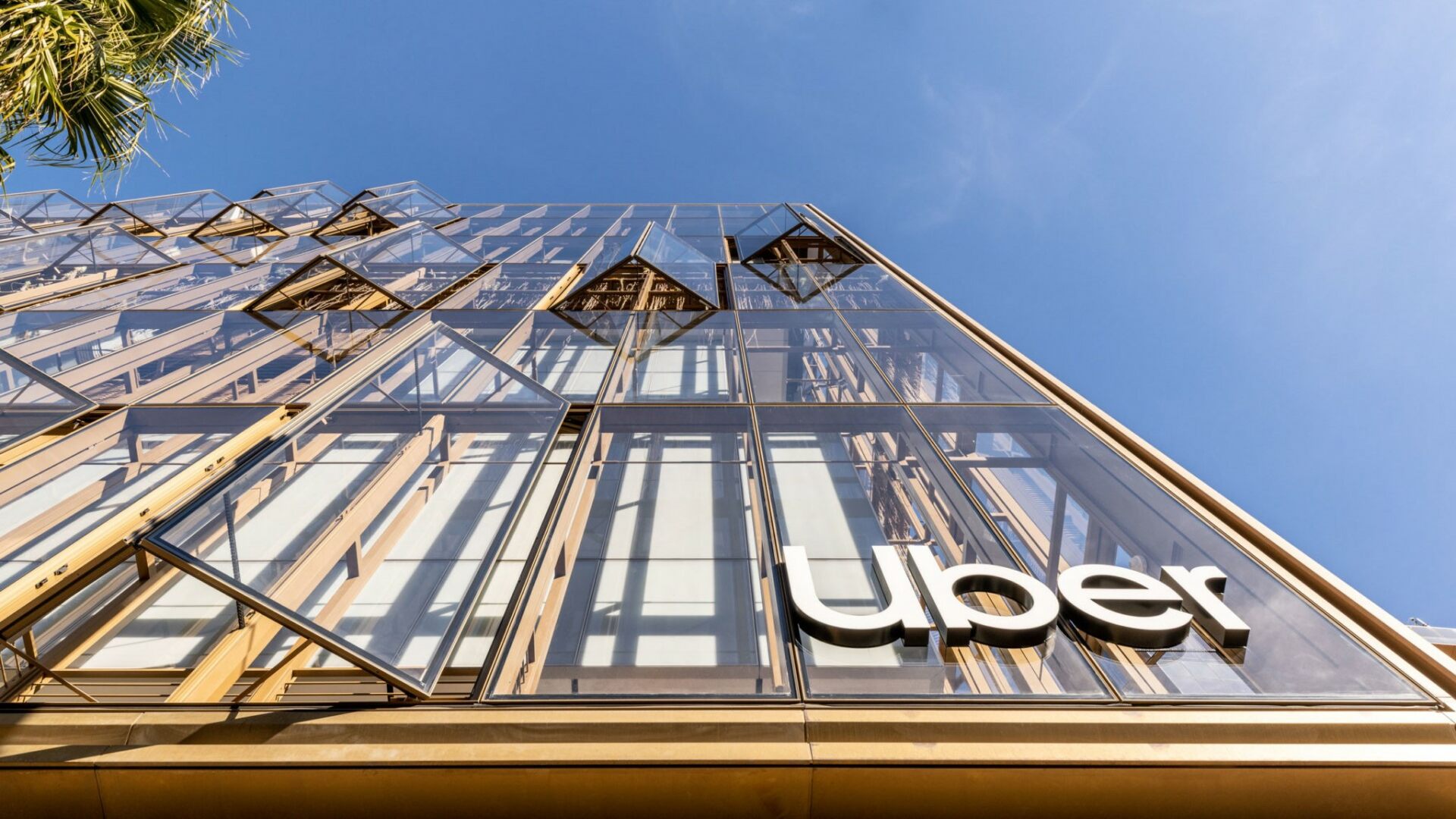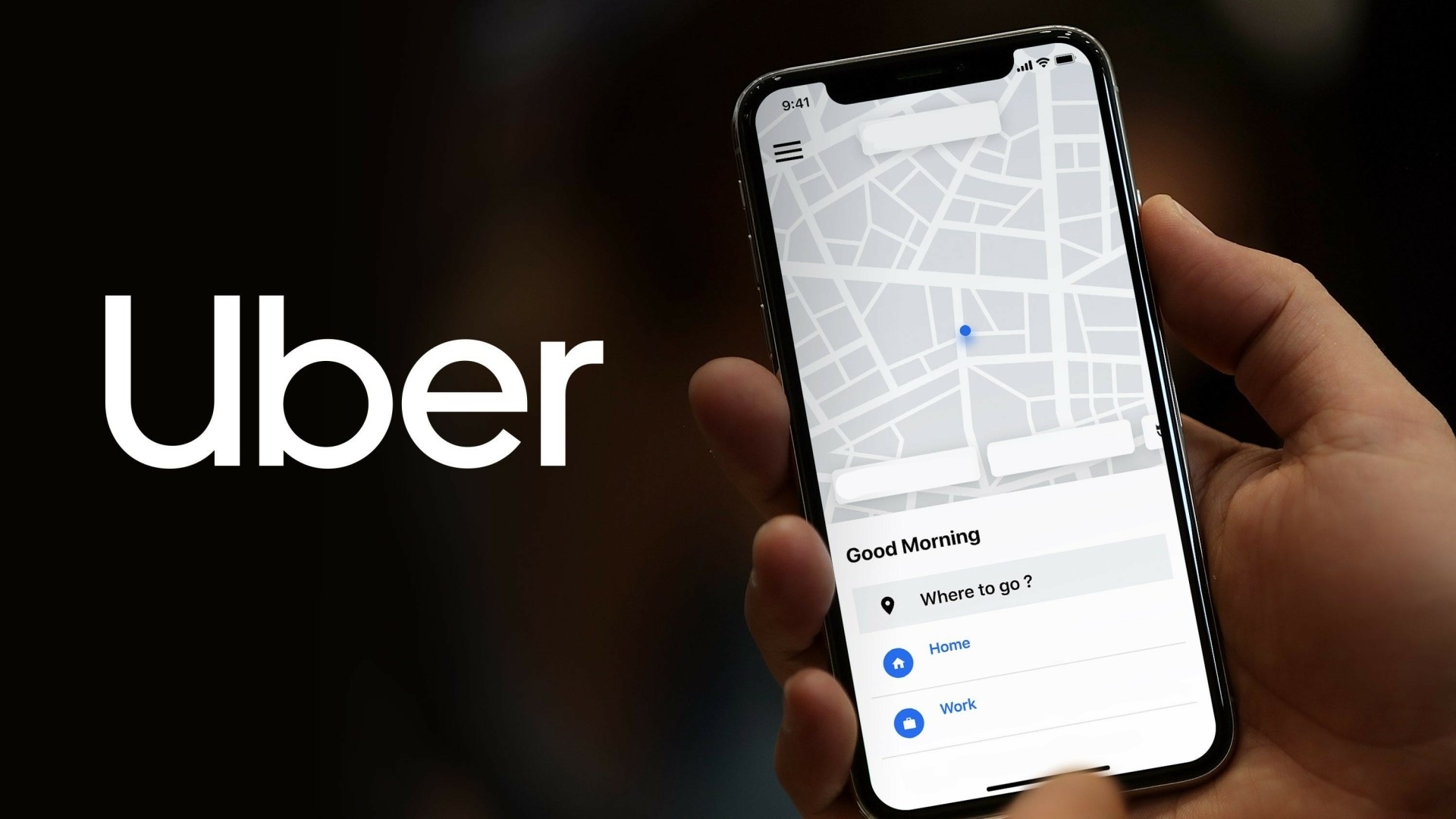Uber has agreed to pay a substantial settlement of $272 million to resolve a class action lawsuit brought by over 8000 taxi and hire car drivers in Australia. The lawsuit, prompted by Uber’s entry into the Australian market more than ten years ago, alleged financial losses and devaluation of licenses suffered by traditional taxi and hire car operators.
The settlement, totaling $271.8 million, comes after a five-year legal battle led by Maurice Blackburn Lawyers. The class action, which was scheduled to proceed to trial in the Supreme Court of Victoria, marks one of the largest settlements in Australian legal history.
The lawsuit, initiated in 2019, claimed that Uber’s operations in Australia were unlawful and gave the company an unfair advantage over the heavily regulated taxi industry. The plaintiffs alleged significant income losses and license devaluation following Uber’s expansion into the market.
While Maurice Blackburn Lawyers is set to receive between $30 million and $35 million in legal fees, the remaining funds from the settlement will be distributed among the class action participants. However, the distribution won’t be uniform, as some individuals were impacted more severely by Uber’s entry into the market.

The lawsuit also raised allegations that Uber misled regulators and used tactics to evade law enforcement during raids, including the use of an electronic “kill switch” to block access to Uber servers.
In response, Uber defended its actions, stating that ridesharing regulations were nonexistent when it launched in Australia over a decade ago. The company emphasized its compliance with current regulations and its role in enhancing transportation options and creating earning opportunities for workers.
Uber highlighted its significant contributions to state-level taxi compensation schemes since 2018 and expressed its commitment to resolving legacy issues with the proposed settlement.
As Uber celebrates over a decade in Australia, the company looks ahead to its goal of achieving zero emissions by 2040. This vision includes transitioning all vehicles in Australia to electric or hydrogen-powered alternatives by the end of the next decade.

